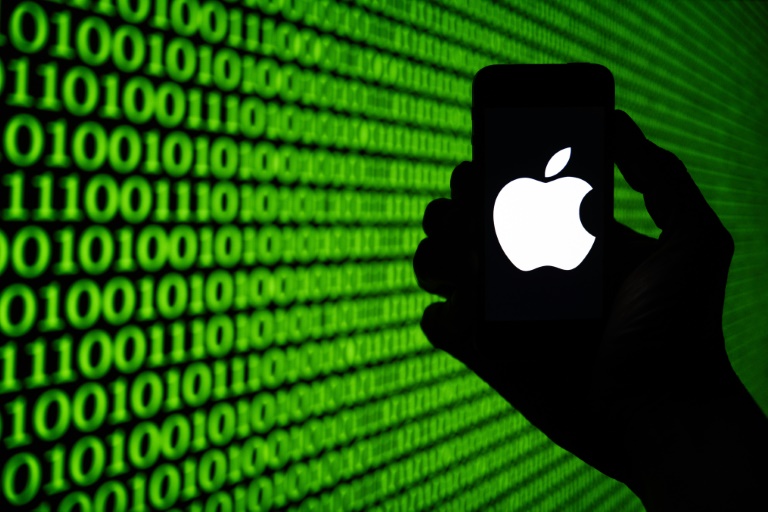I’ve seen the future of computing; I wear it every day on my head.
I’m talking, of course, about the Apple Vision Pro, the first “spatial computing” headset on the market. Though it’s not perfect — and at $3499, it’s not cheap — I can tell you after four weeks of testing and use that this augmented reality (AR) device lives up to the pre-release hype. With a blend of well-executed features and even magical moments it’s the kind of paradigm-shifting creation we haven’t seen since the original iPhone.
For that reason alone, it should be on corporate radars everywhere. Your company might not yet need Vision Pro or have the exact use case in mind to make it worthwhile. But that day is coming.
What exactly is the Vision Pro?
The Vision Pro represents an entirely new way of computing, encompassed in what’s essentially a large set of ski goggles made from glass, aluminum, and soft fabric. You wear it on your face, the interface floats around you, you navigate with your eyes (the precision of which is one of those aforementioned magical moments) and you control on-screen elements with mid-air gestures (such as a pinch of your fingers).
Forget desktop computing, where all your application windows and data are on a screen; once wearing the headset, your entire environment is your “screen” where apps, icons and windows float before you. The Vision Pro feels like the futuristic hologram technology envisioned in Minority Report and Star Trek, albeit within the limits of current technology. (More about those limitations in a bit.)
First introduced last year, Vision Pro went on sale on Jan. 19, and rolled out to customers and store shelves on Feb. 2. I pre-ordered and had my own Vision Pro the first day of availability. Even the pre-ordering process felt futuristic, beginning with a face scan (using the iPhone) to determine individual face size. This was followed by a brief questionnaire about any vision correction needs. (Each device is personalized depending on those needs, but not all vision types are supported.)
I opted for the 512GB model, which added $200 to the base cost for an out-the-door price of $3,699 plus tax. While a significant investment, I didn’t want to be hampered by storage limitations.
The Vision Pro box included the headset, a battery and cord, a 30-watt power supply, two versions of the head band, a goggles cover, a micro-cleaning cloth, two light seal cushions (one thin and one a little thicker), and a set up brochure. In fact, set up was a breeze, thanks to Apple’s robust ecosystem. With minimal configuration — including the hand- and eye-tracking setup, which took a few seconds — the device seamlessly integrated with my iCloud account, providing instant access to the data already stored on my iPhone, Mac, and various Apple devices.
Inside the curved glass display is the lone configuration: it uses an 8-core M2 processor (4 performance cores, 4 efficiency cores), a…
2024-03-11 03:41:02
Post from www.computerworld.com




















